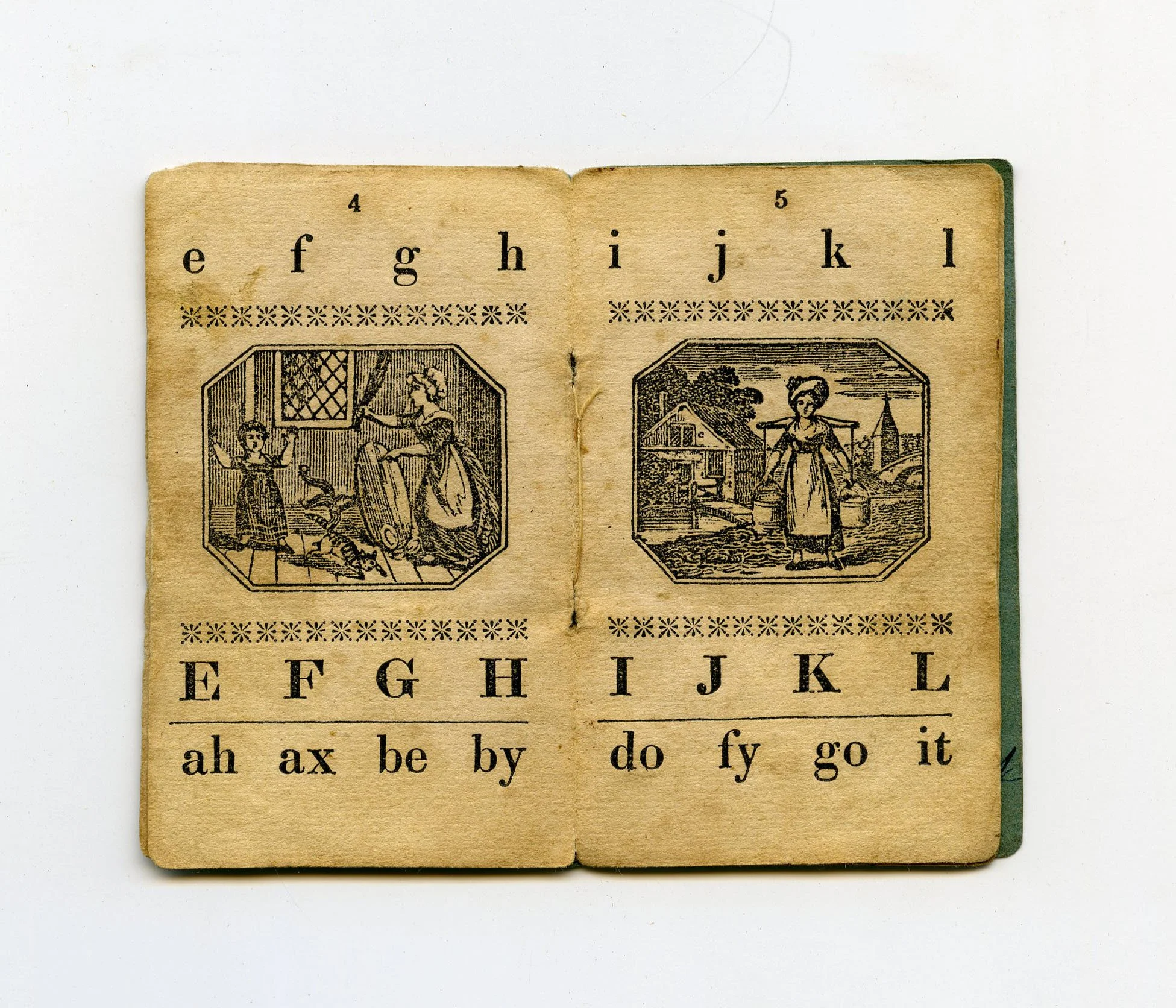Throughout history, children’s books have been created to educate and entertain young readers and the young at heart. Over time they have become historical touchstones, reflecting the history and the values of the era in which they were written. This exhibit showcases illustrated children’s books from the collection of the Woodstock History Center as well as loans from many generous individuals and organizations. These books are a reminder of our first encounters with art and reading, the ongoing cultivation of our imaginations, and the continuity of these cherished objects in our lives.
The New Nation/Early American Republic: 1807-1820
The most popular children’s books in the early 19th century aimed at providing amusement, morals, religion, and inculcating values such as self-sufficiency and responsibility to one’s family and community. The main emphasis was the subordination of children and preparing them for adulthood.
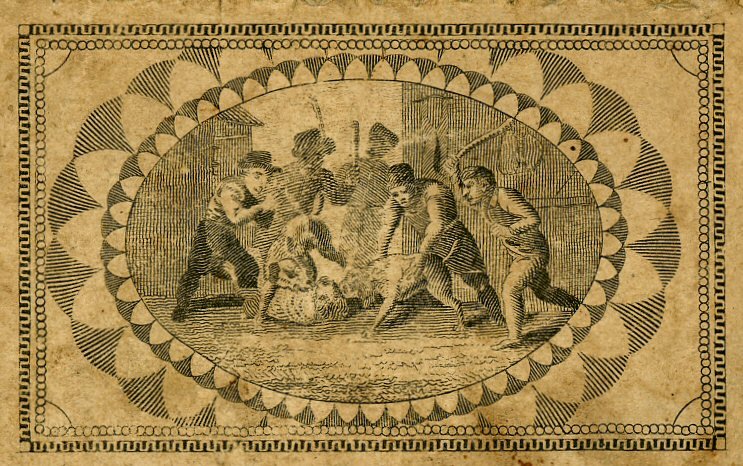
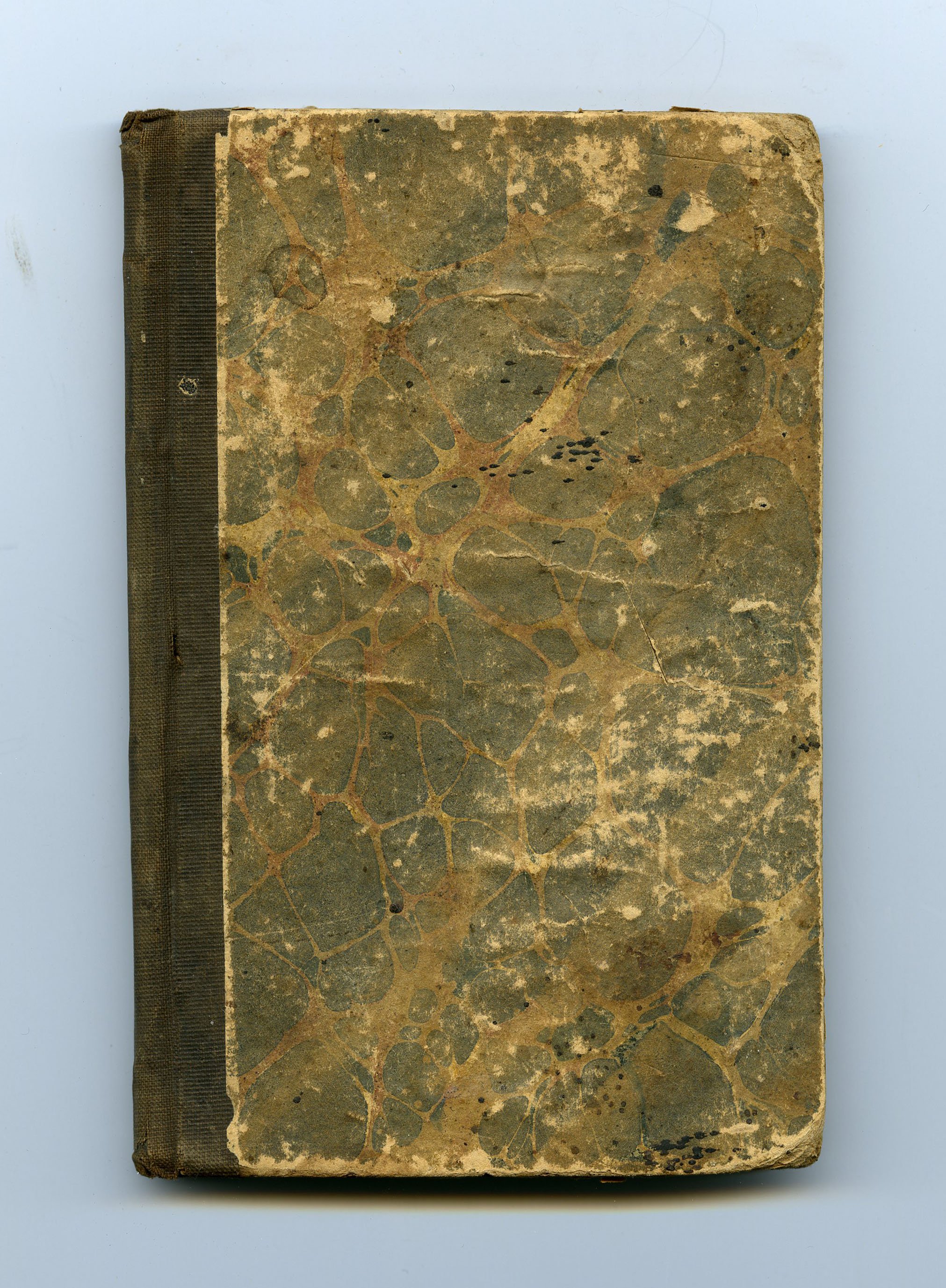
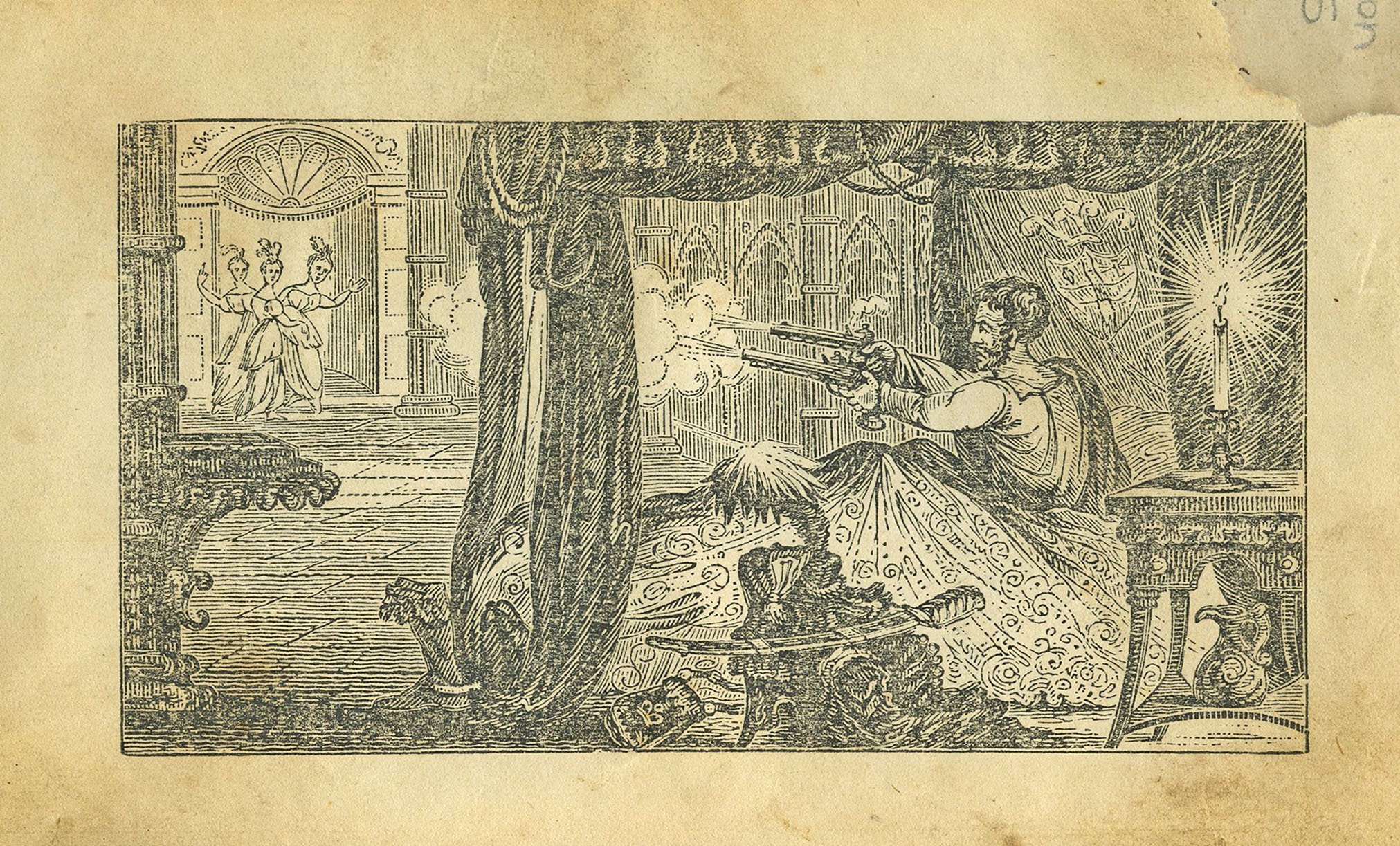
National Expansion/The Era of Reform: 1820-1880 & Civil War/Reconstruction 1861-1877
Literature continued to be created with the purpose of educating children on their responsibilities to family and community, while school-related books focused on math, geography, reading and other topics deemed important for higher learning. During this period, there was also an influx of fairy tales, hero legends, fantasy books, and adventure and coming-of-age stories. Improvements to the lithography process and its relative low cost led to illustrations becoming an integral part of many children’s books. One of the first books to be considered a “girl’s book,” as well as being a pioneering fantasy book, was Lewis Carroll’s Alice in Wonderland, which was released in 1865.
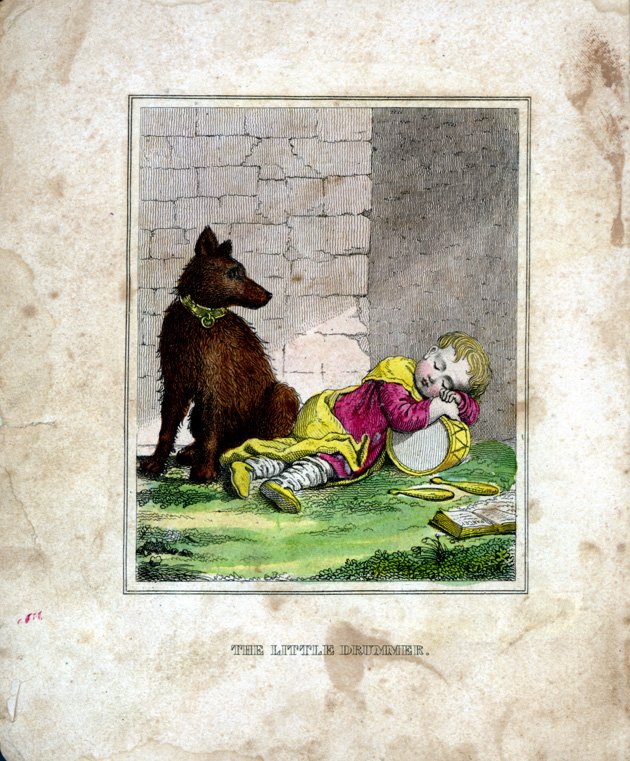
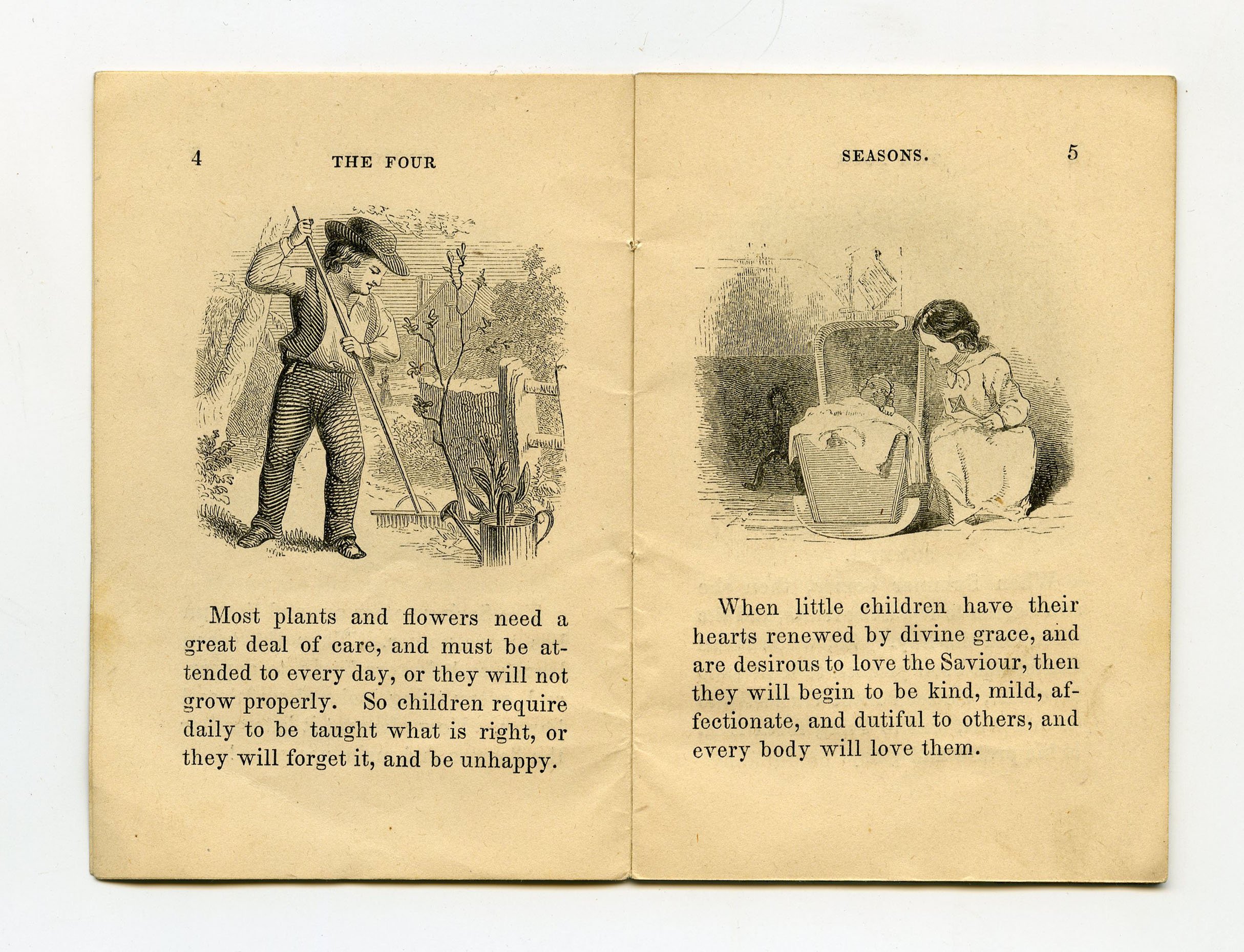
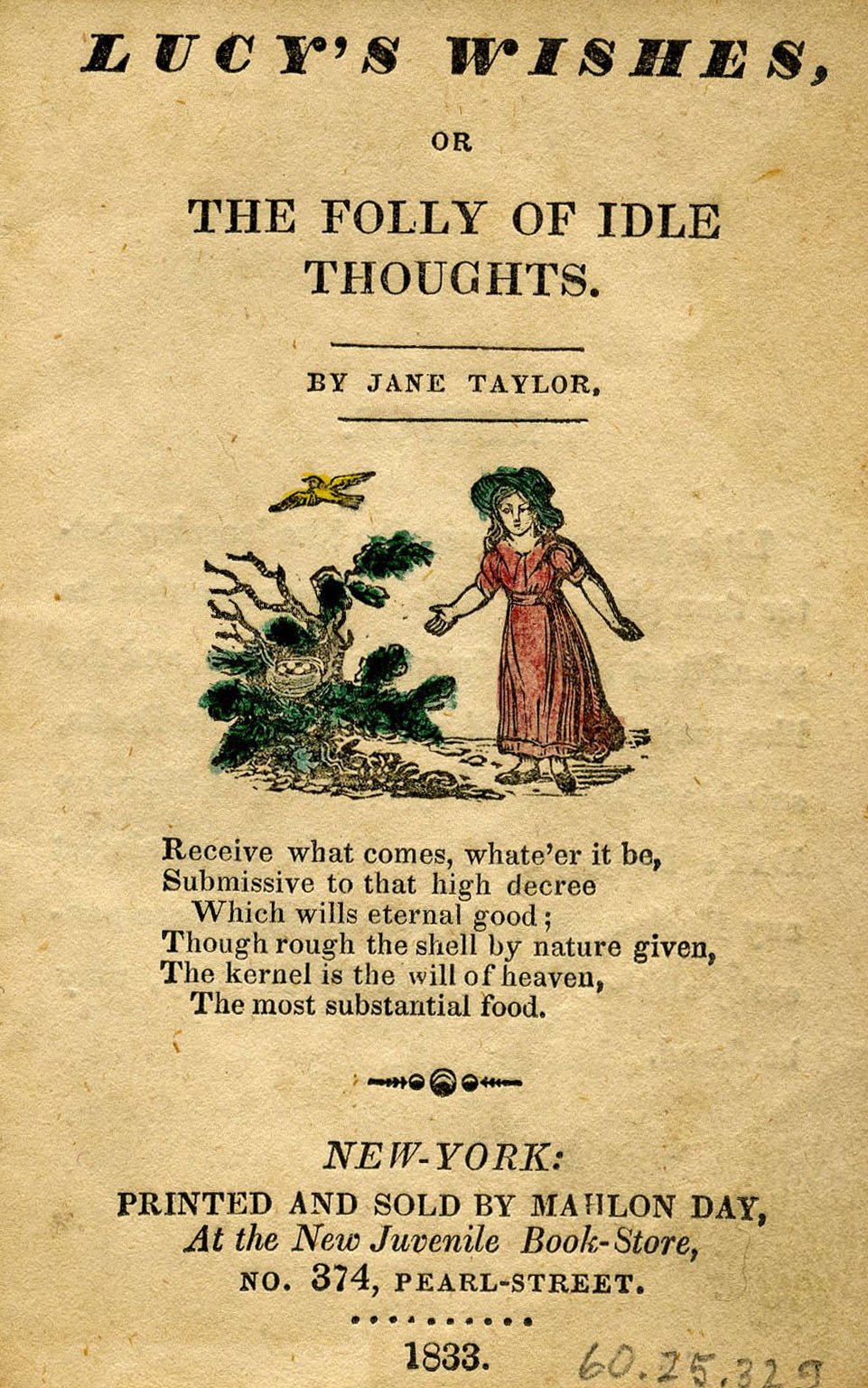
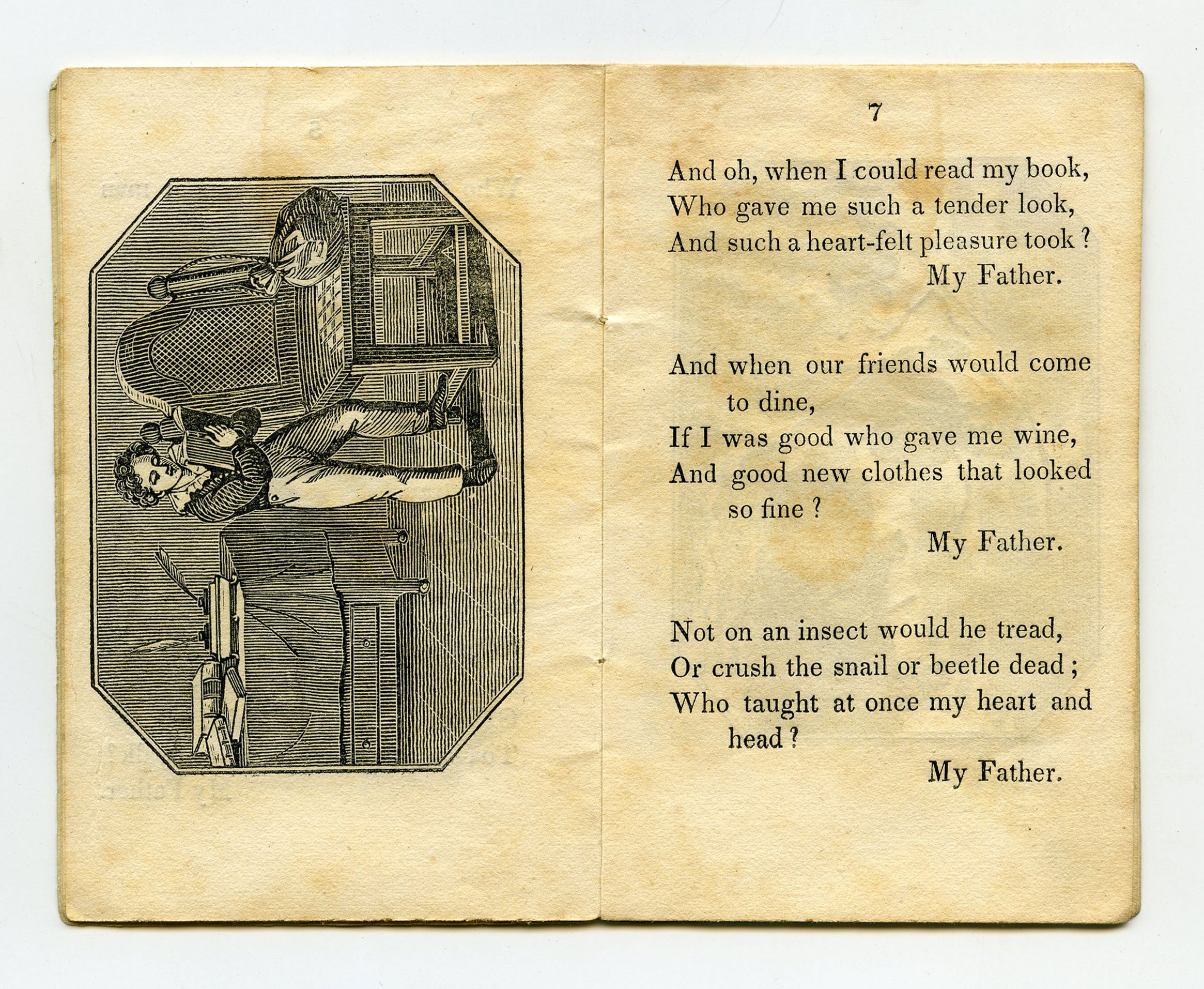
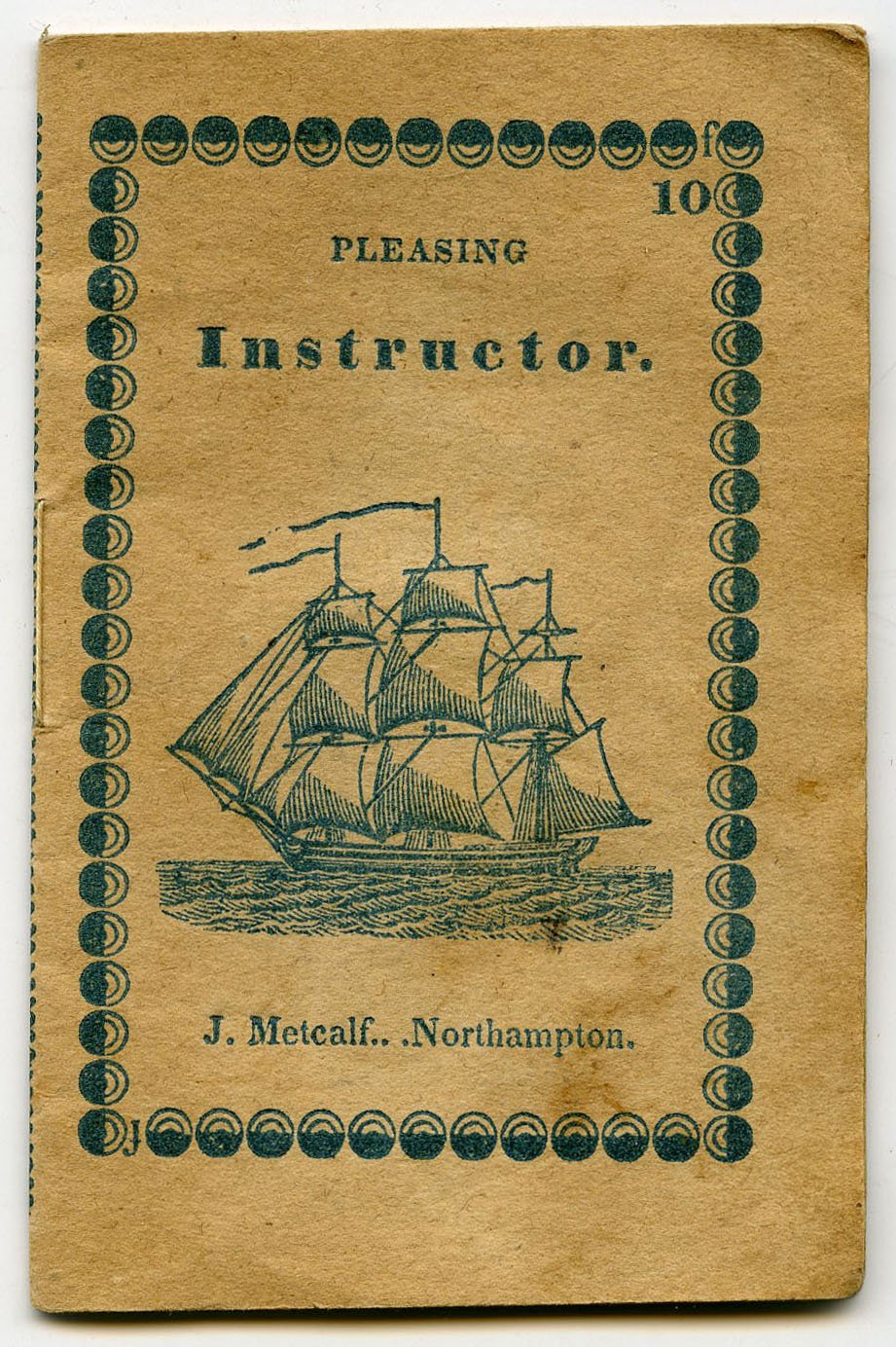

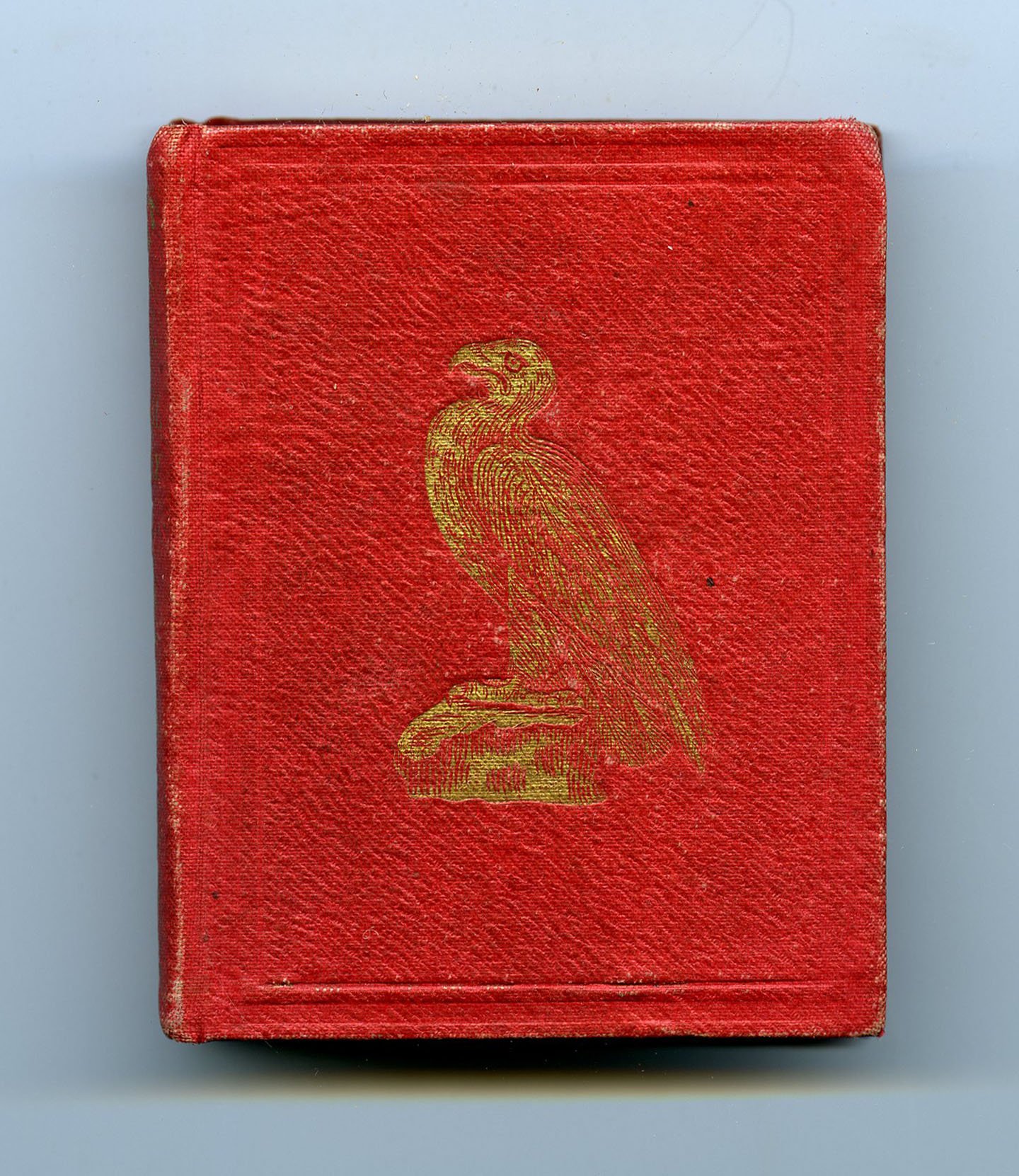
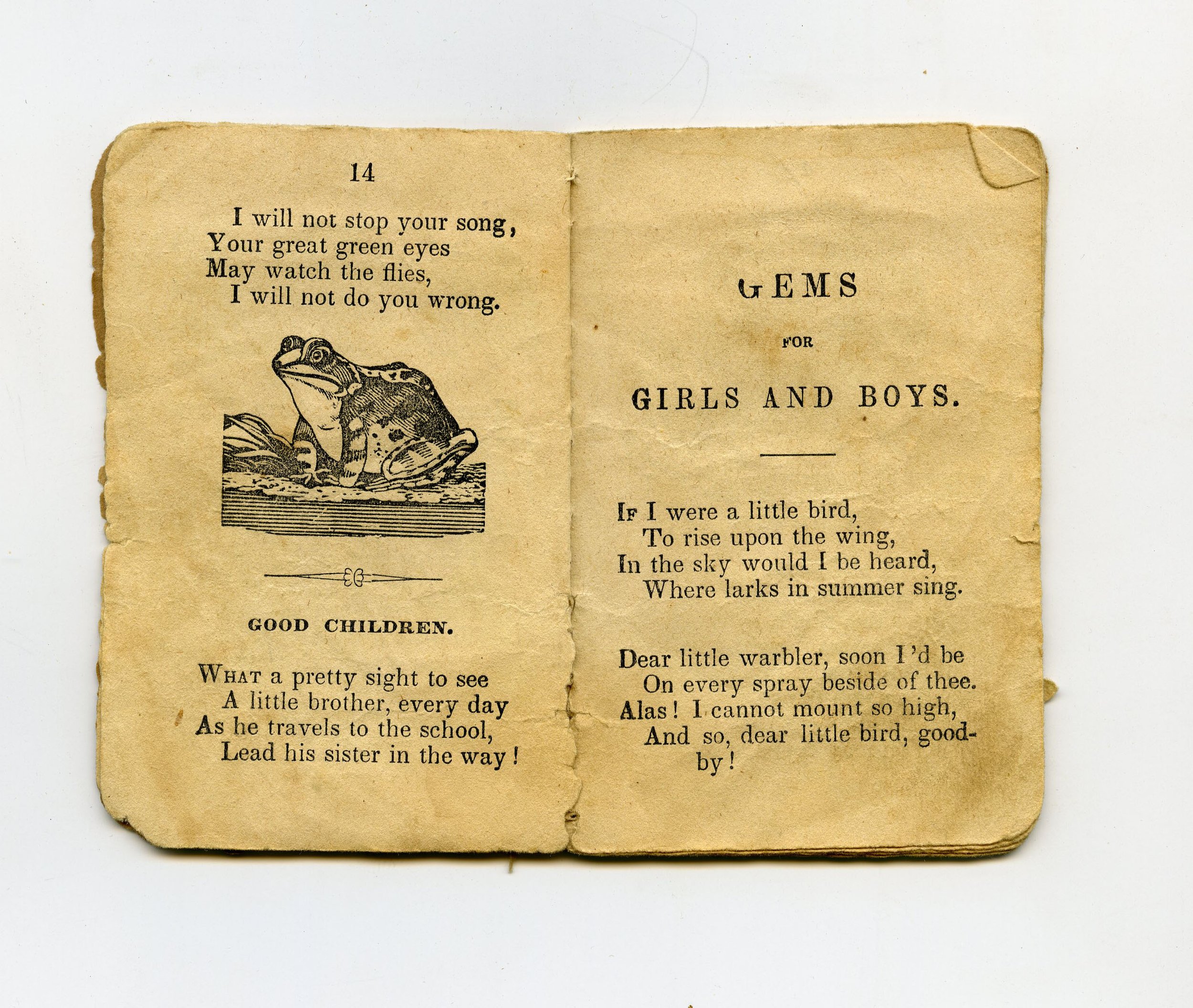
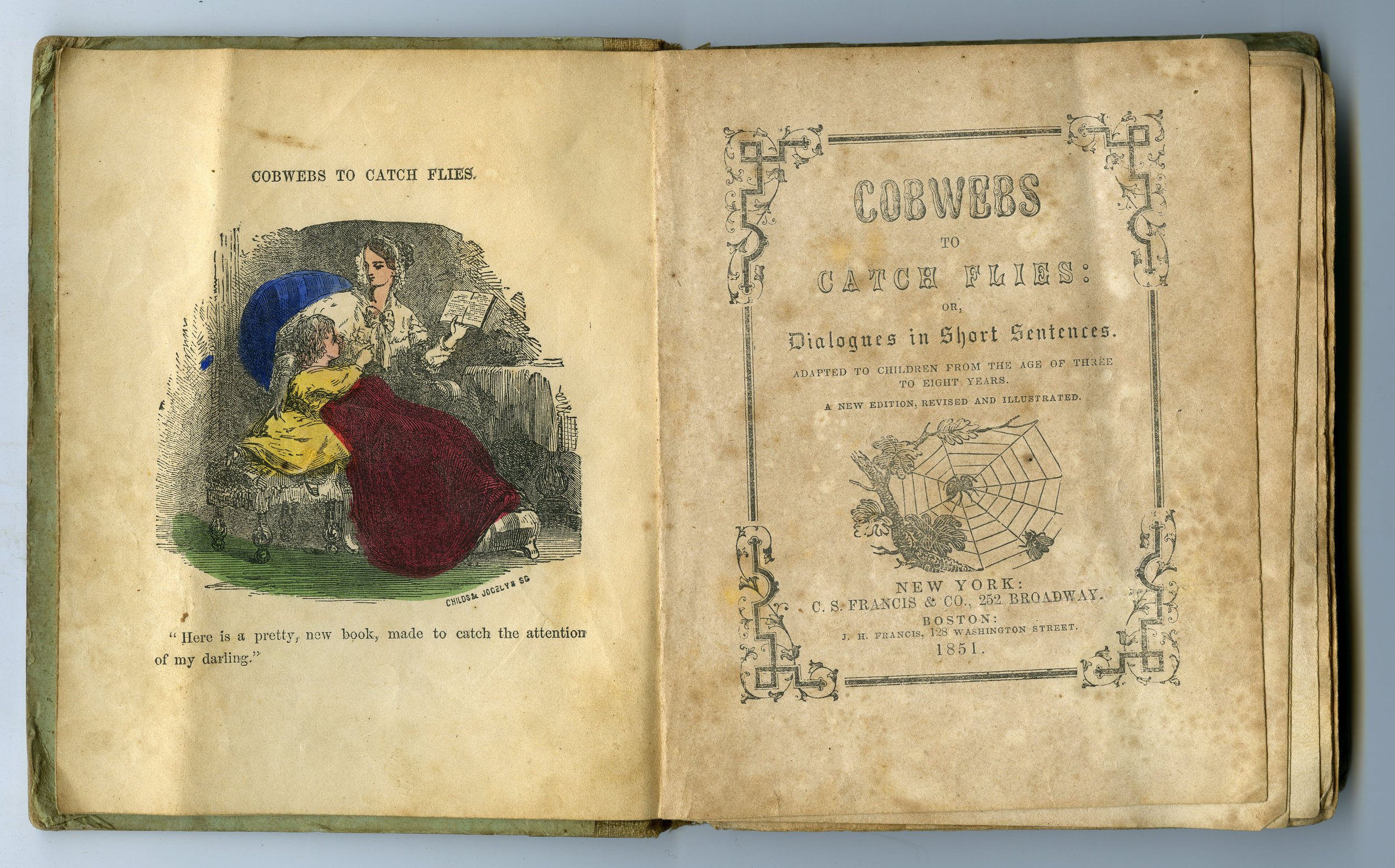
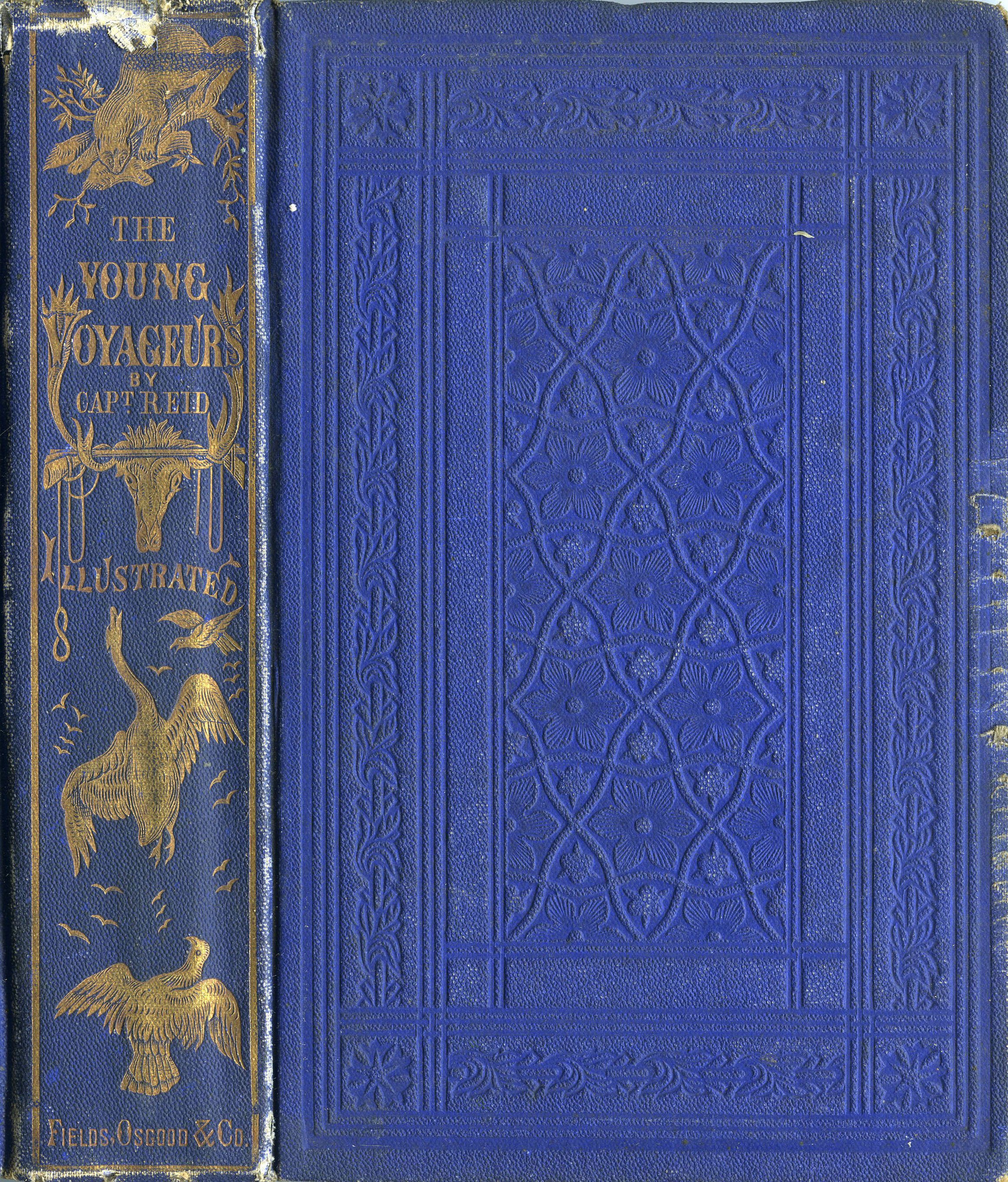
Victorian America/Industrial America/: 1876-1900
Improvements to the color printing process made the printing of illustrated children’s books cheaper and easier than ever. The style of children’s books was lighthearted, whimsical, and funny. Tales of adventure, ghost stories, stories of girlhood and boyhood, and fables for a Darwinian-age dominated the literary scene. Such books taught many things, but - first and foremost - they emphasized the cultivation of one’s imagination.
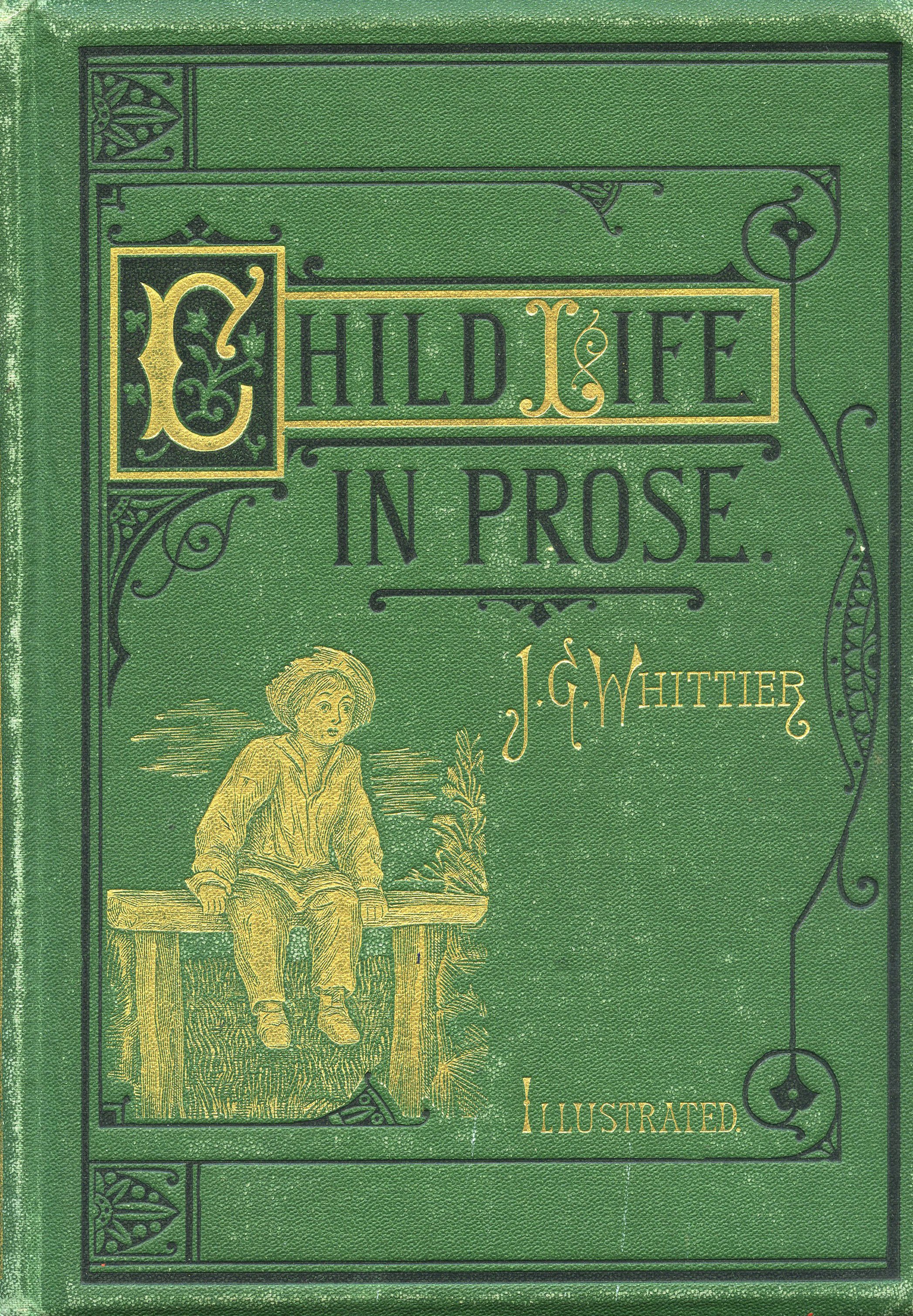
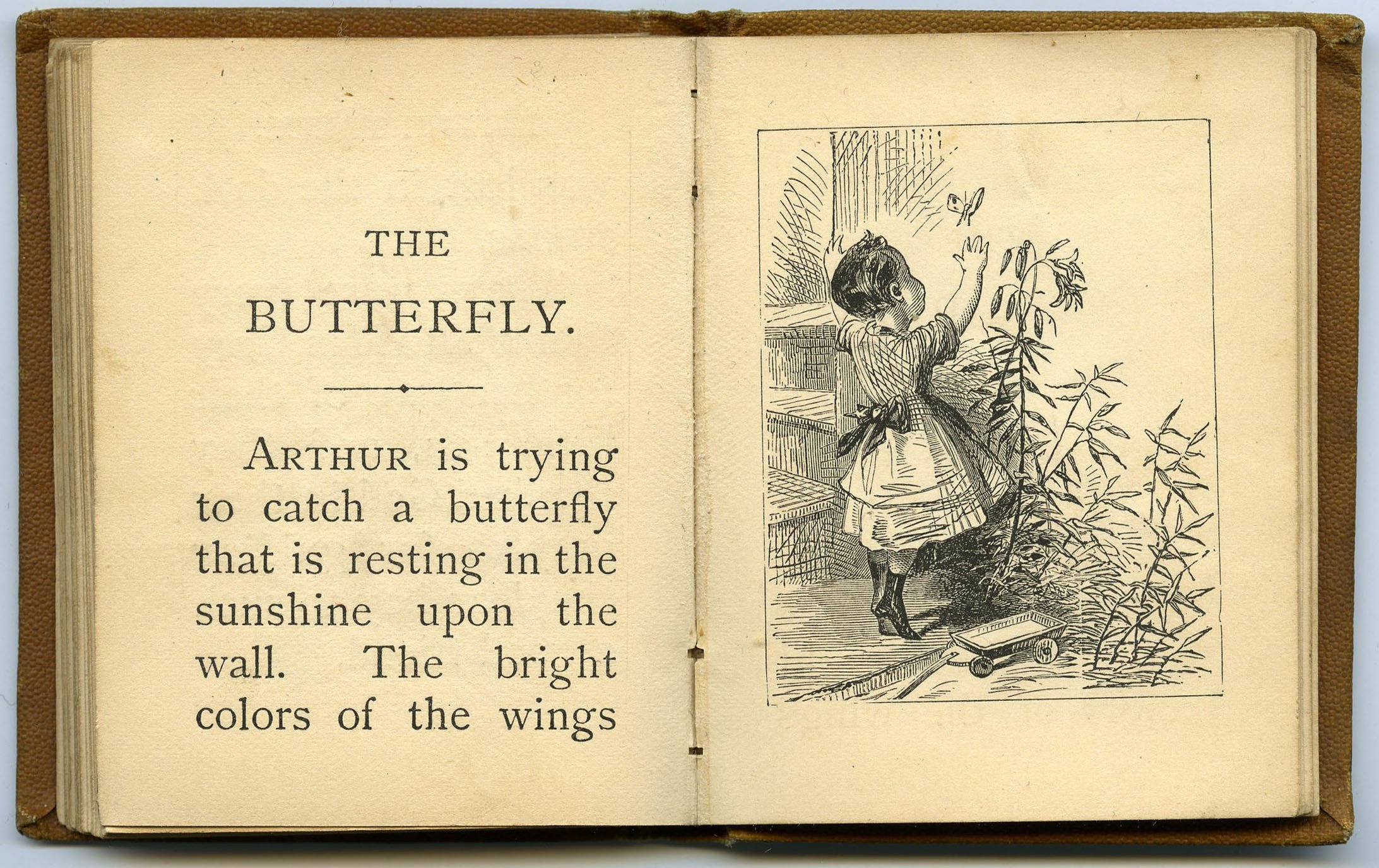
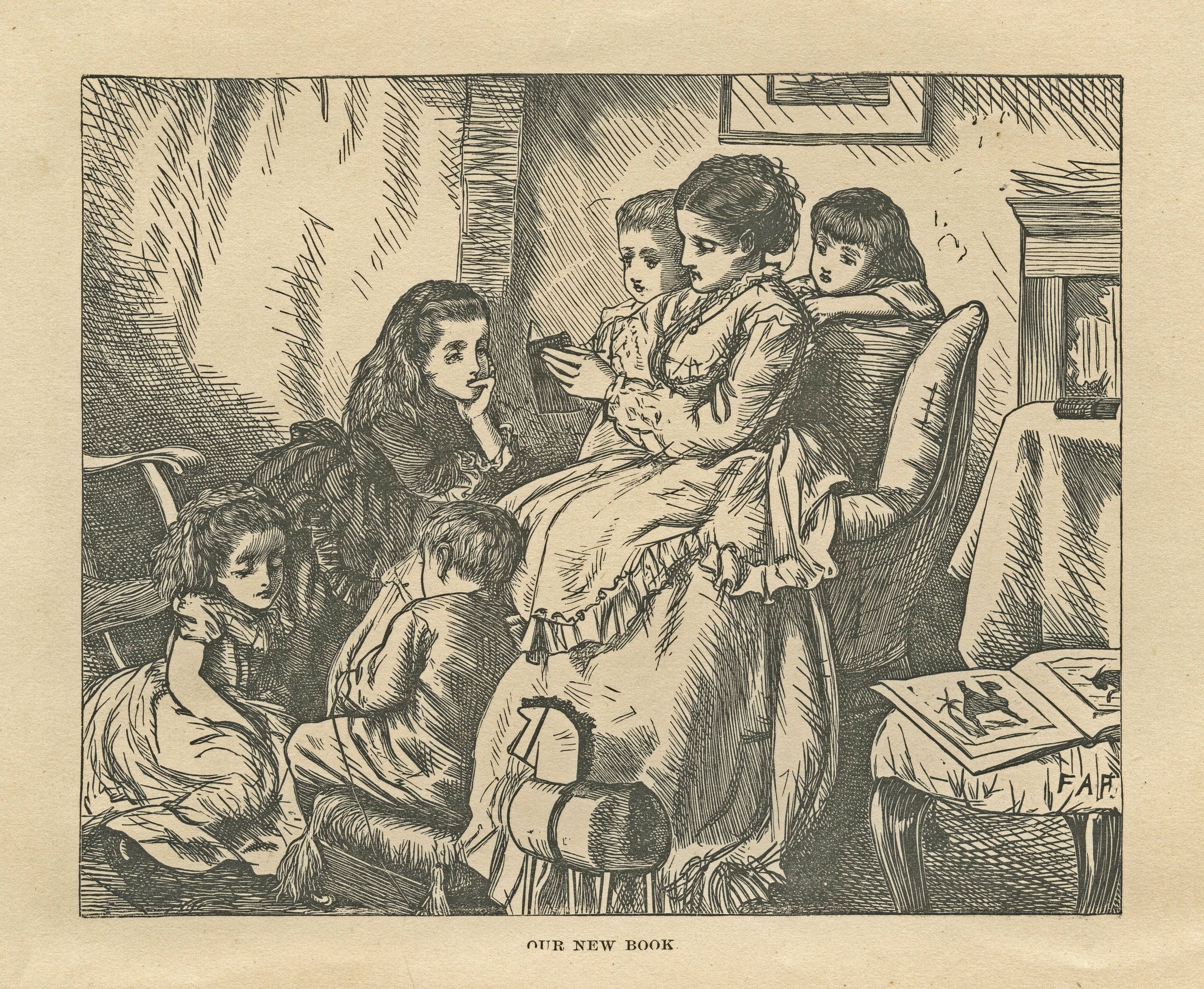

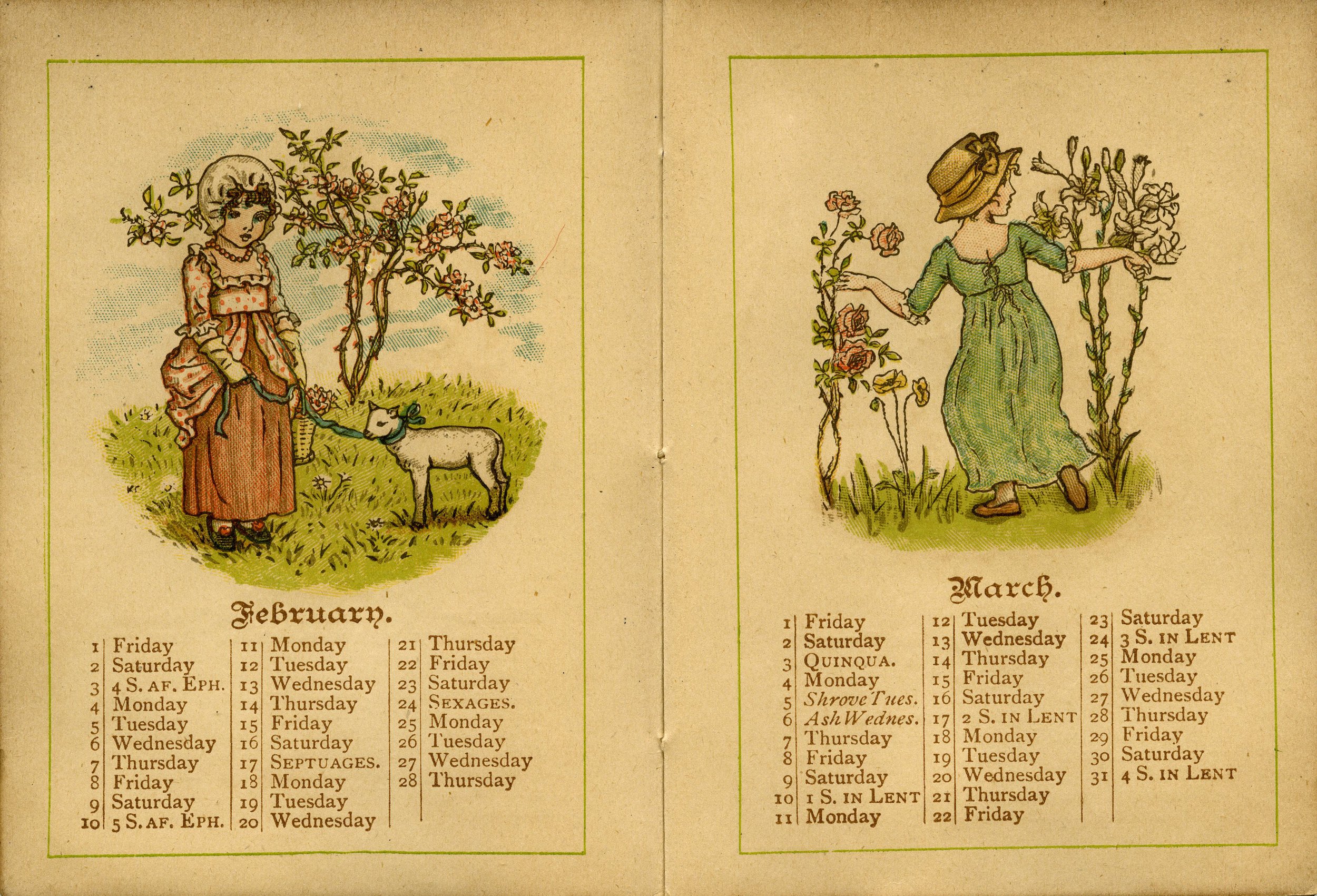
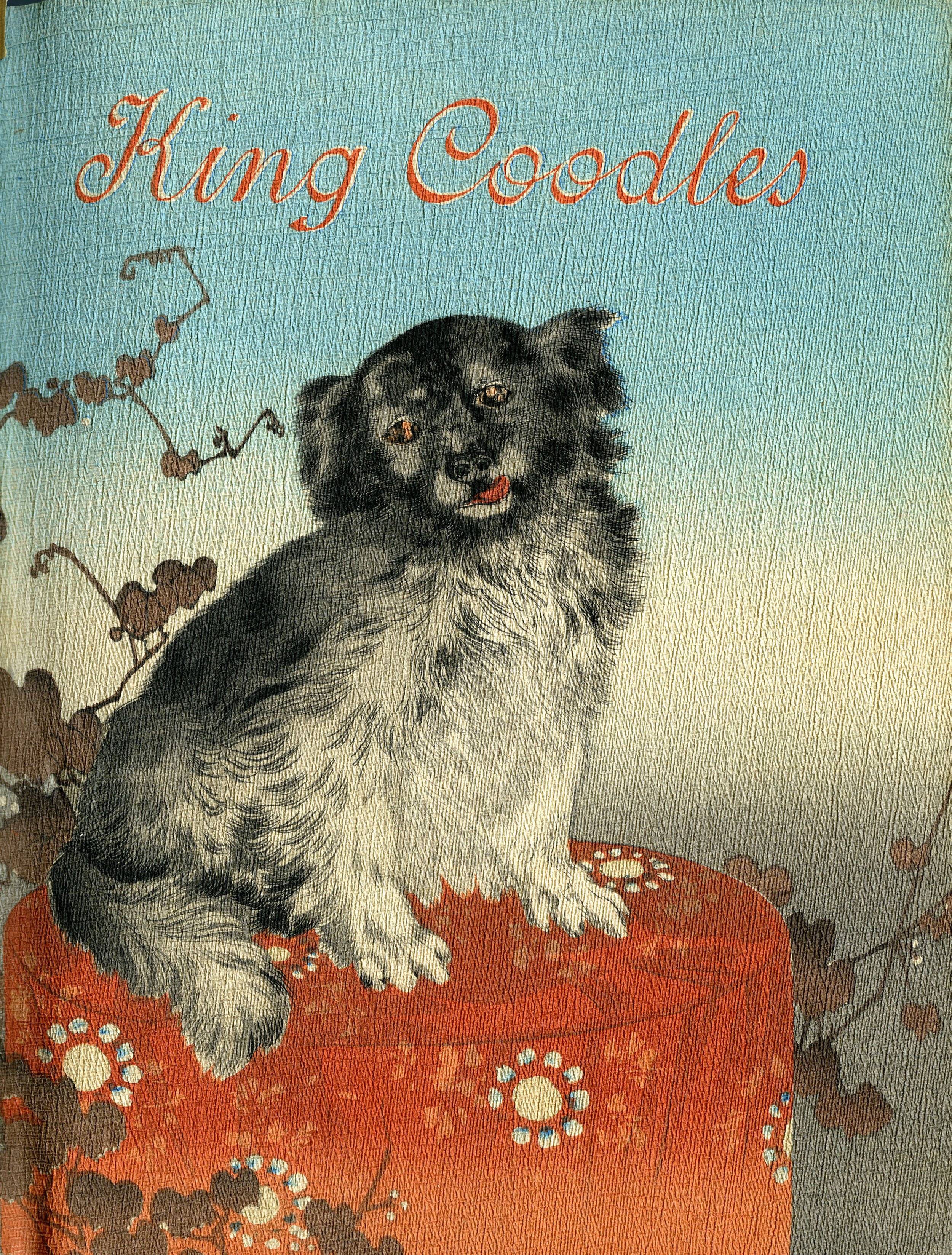
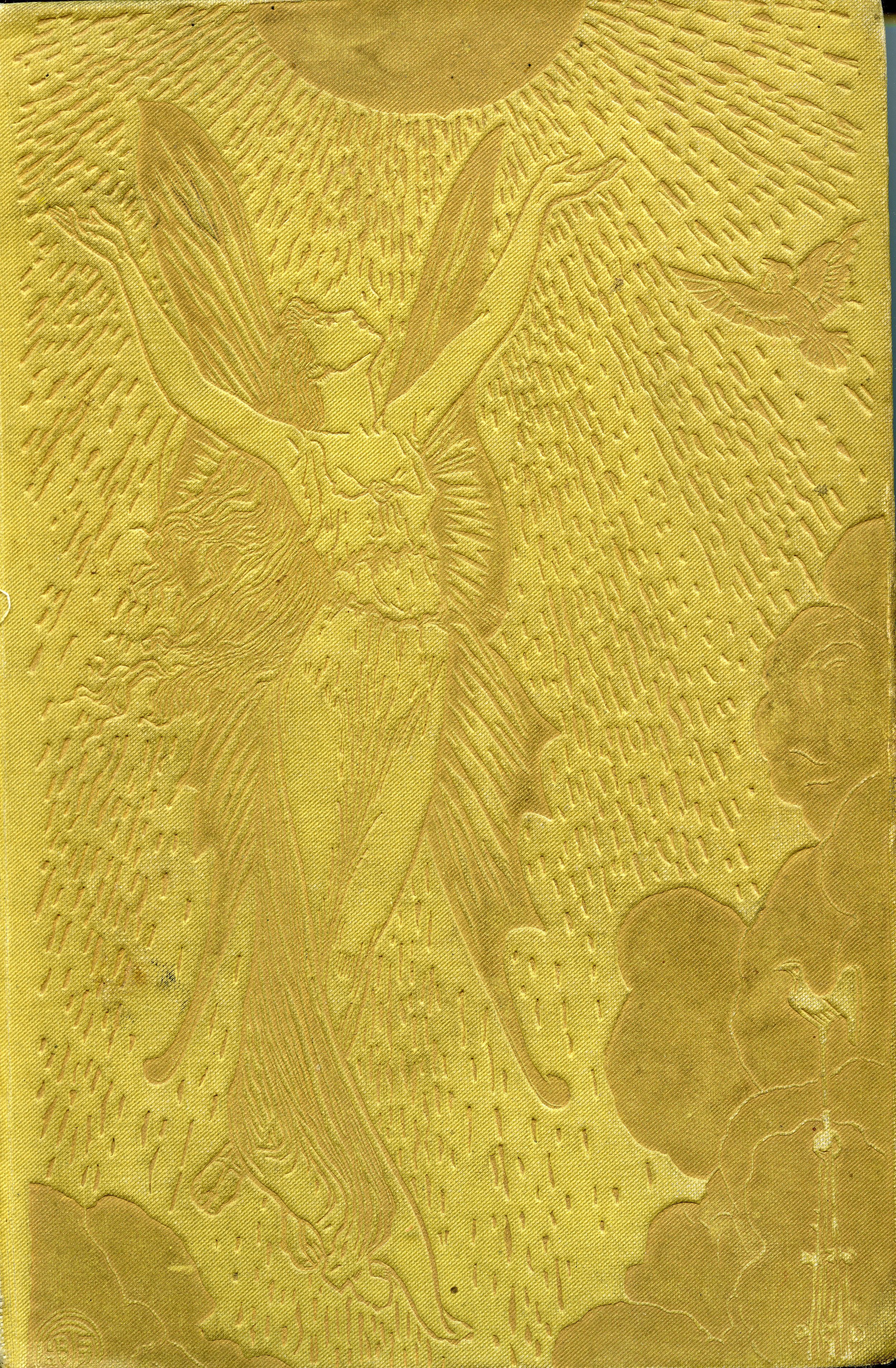
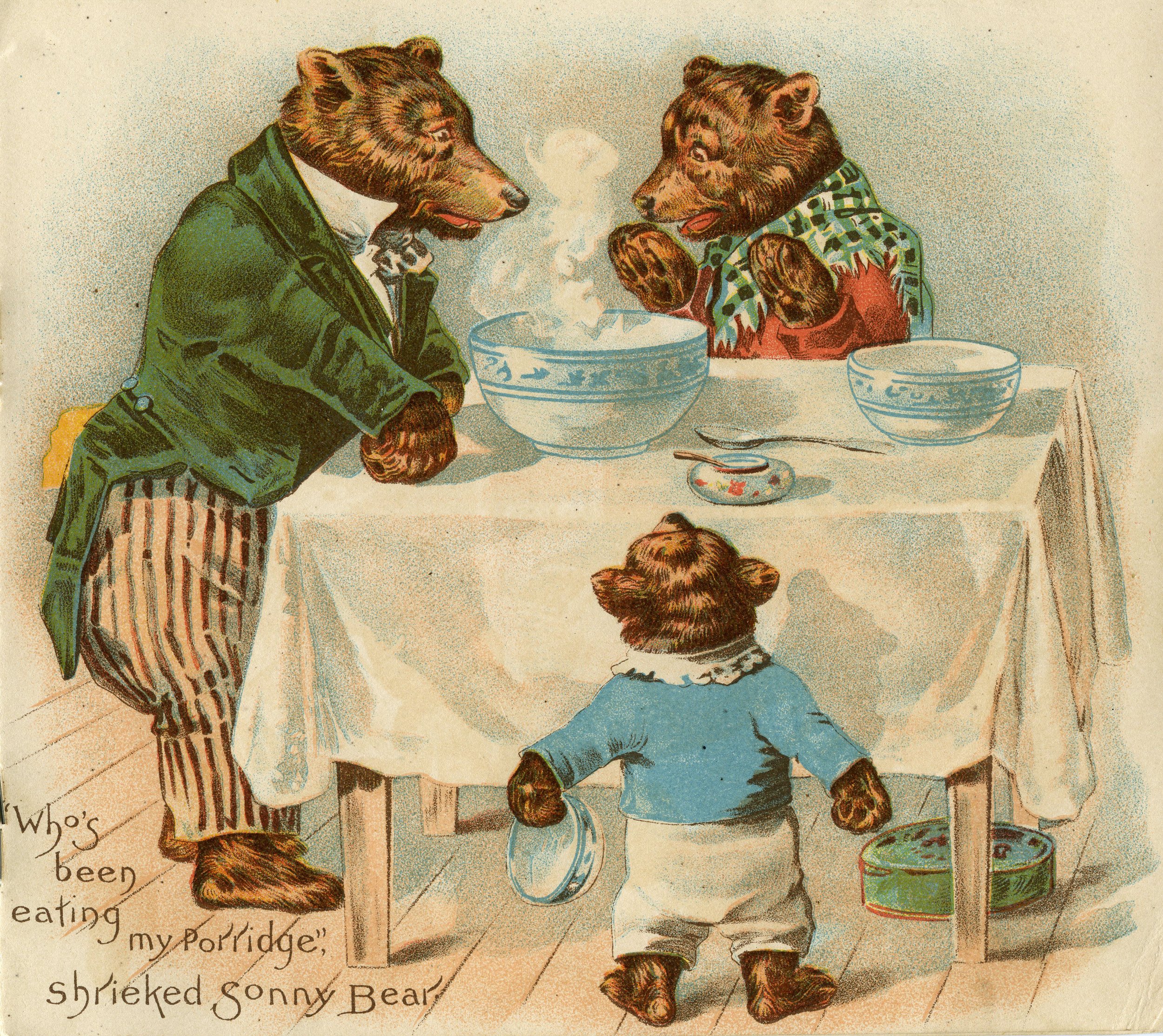
Edwardian Era 1900-1914; Progressive Era/New Era 1900-1929; Great Depression, WWII 1929-1945*
Character-rich and entertaining story lines continued into the 20th century, fueled by the Edwardian period’s fascination with children and children’s books. During this time, there was an increase in children’s literature that focused on the occult, fantasy, the spiritual, playfulness, and the fleetingness of childhood. There was also a continuation of one of the oldest traditions of children’s literature, anthropomorphic animals. It was during this time that the appearance of modern children’s books evolved, replete with decorative covers and finely wrought engaging art. In 1937, the Caldecott Medal award was created to honor prestigious and outstanding picture books.
*The samples from the exhibit below showcases only public domain images dating before 1928.
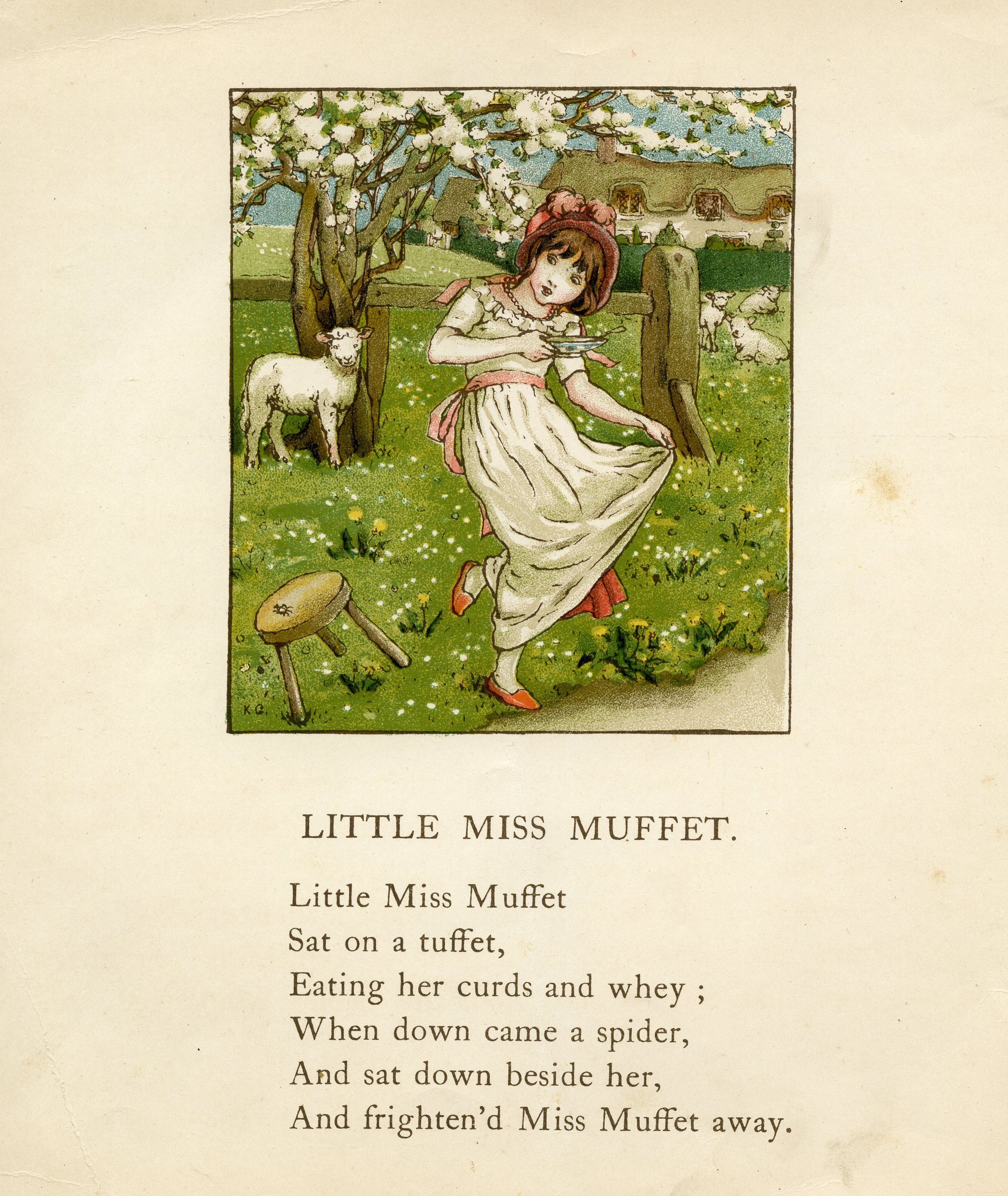
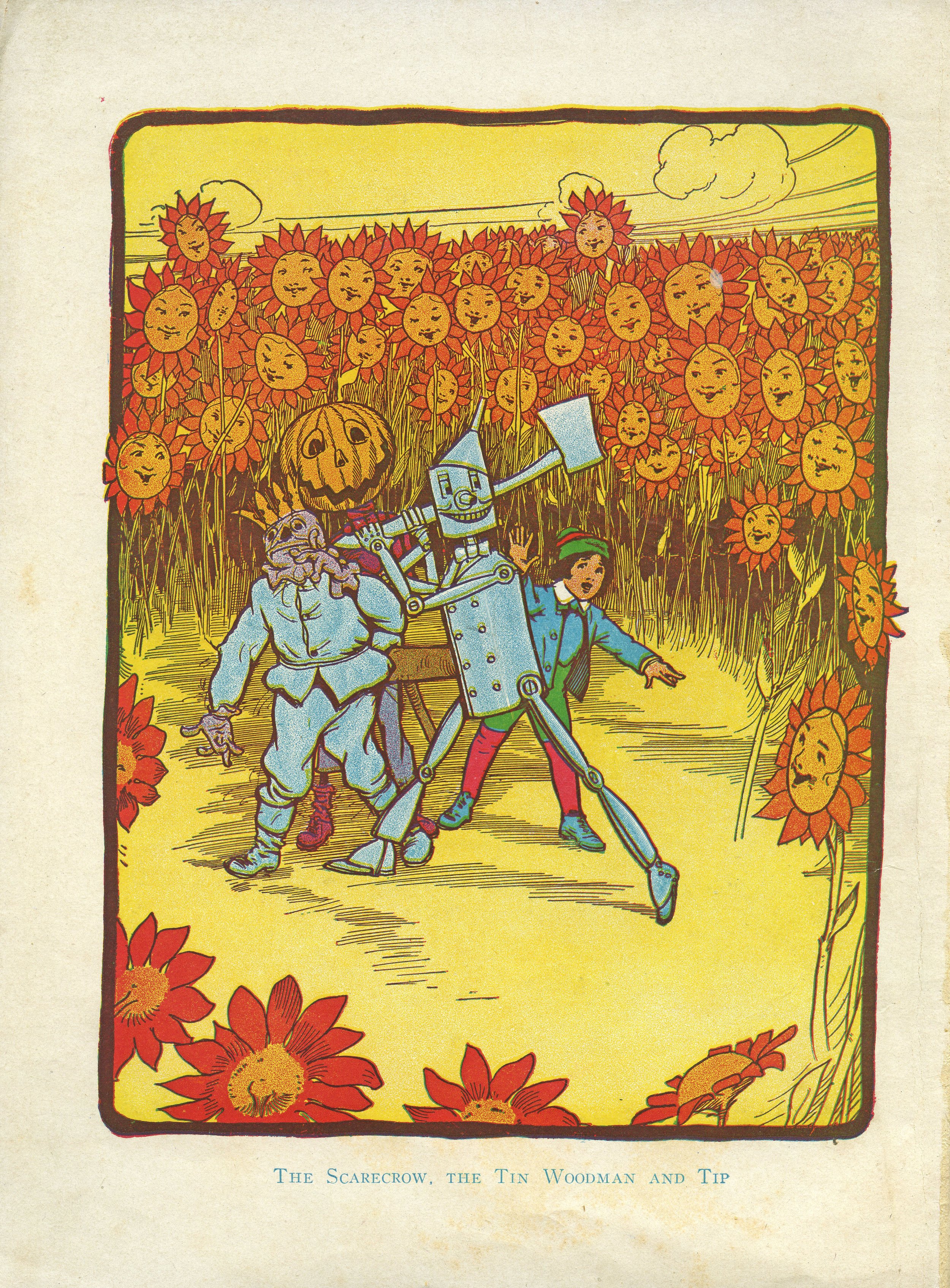
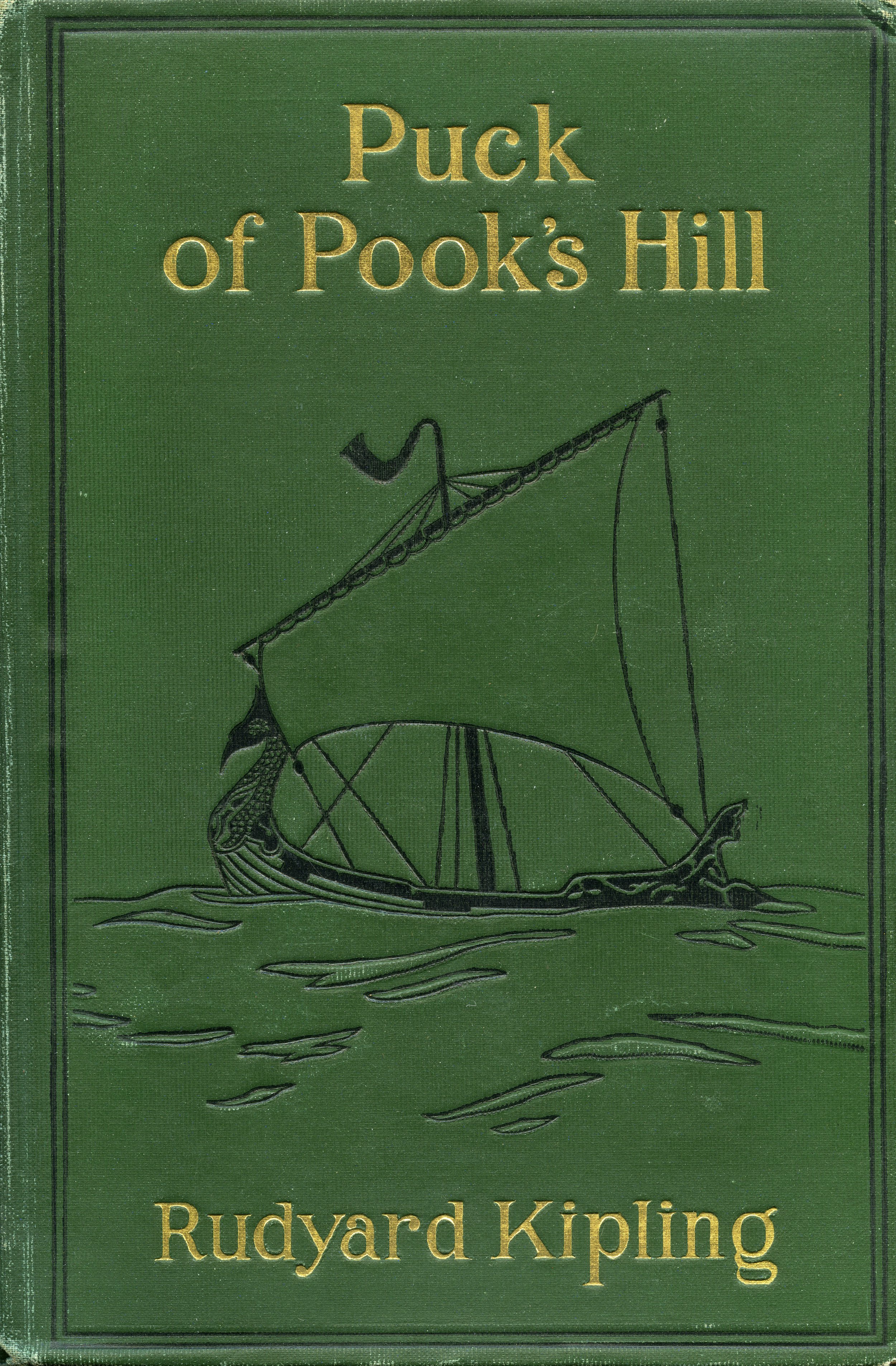
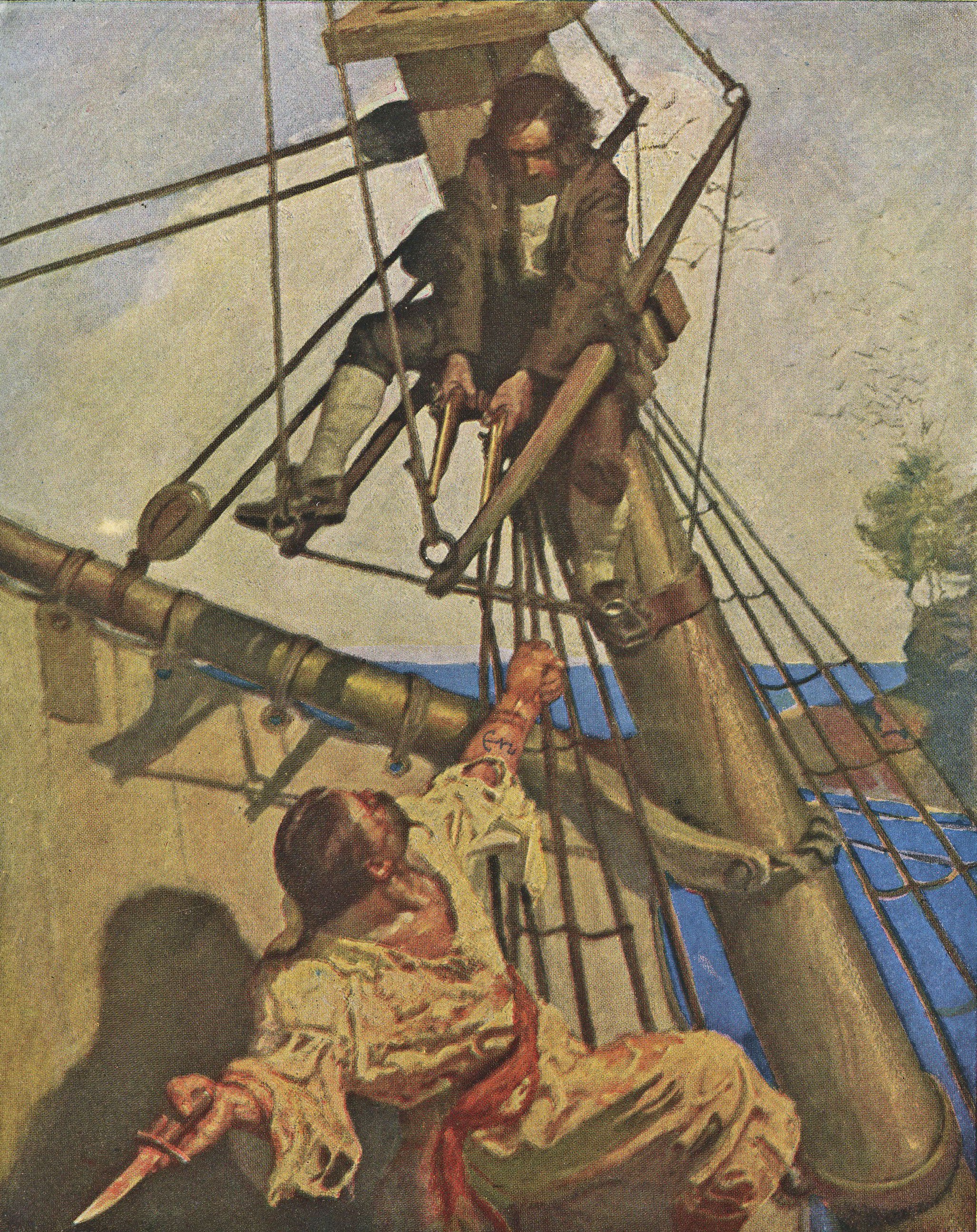
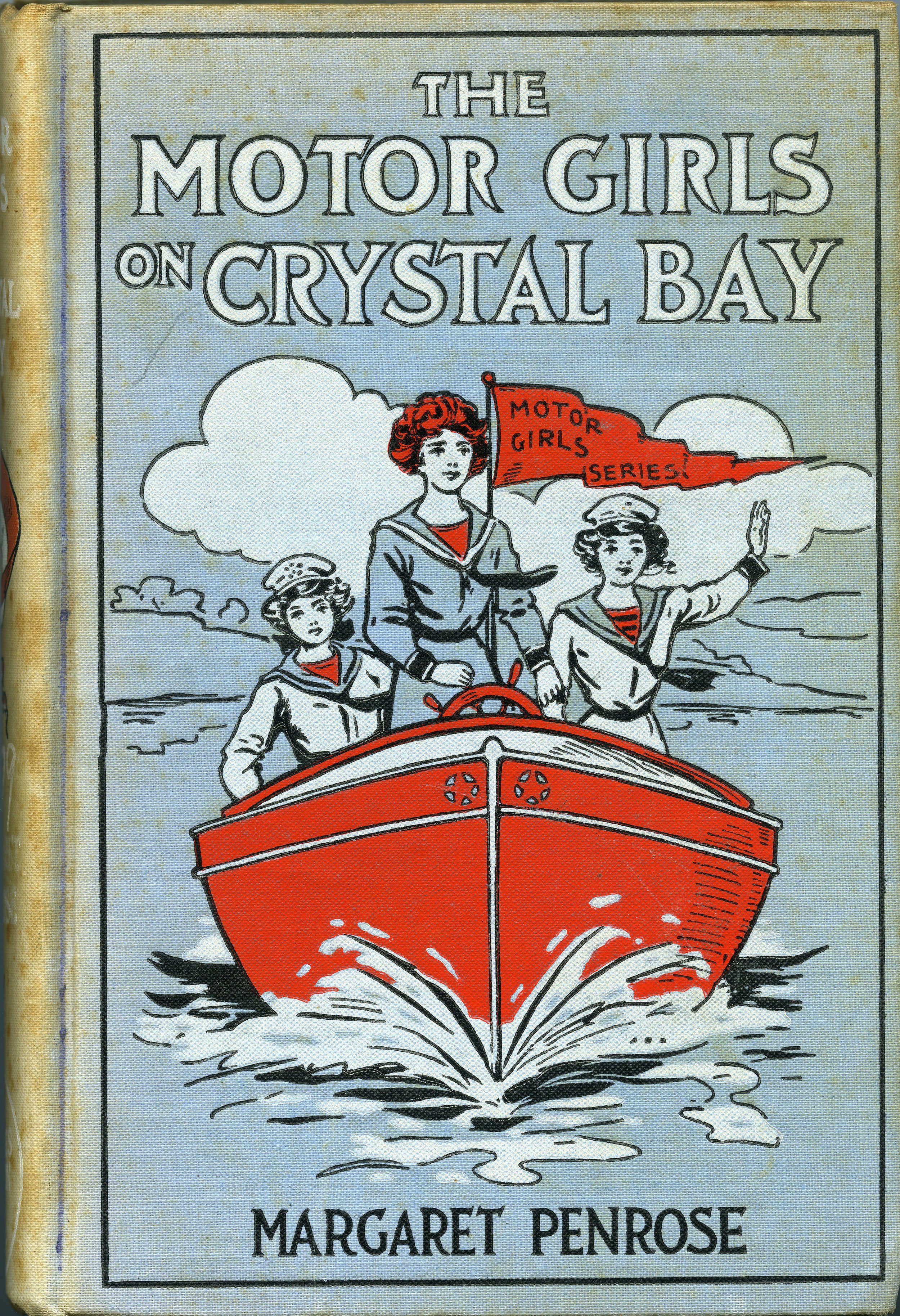

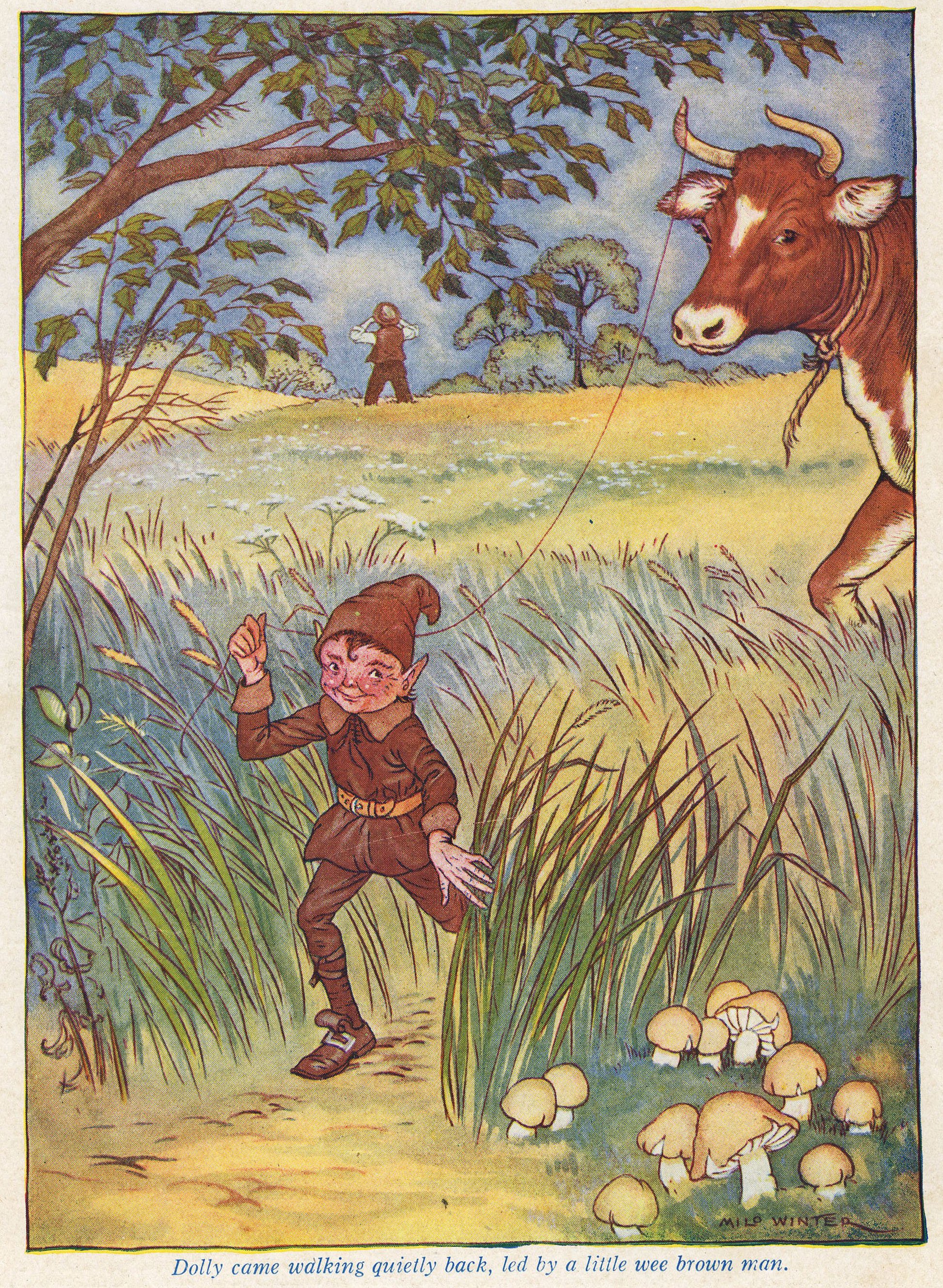
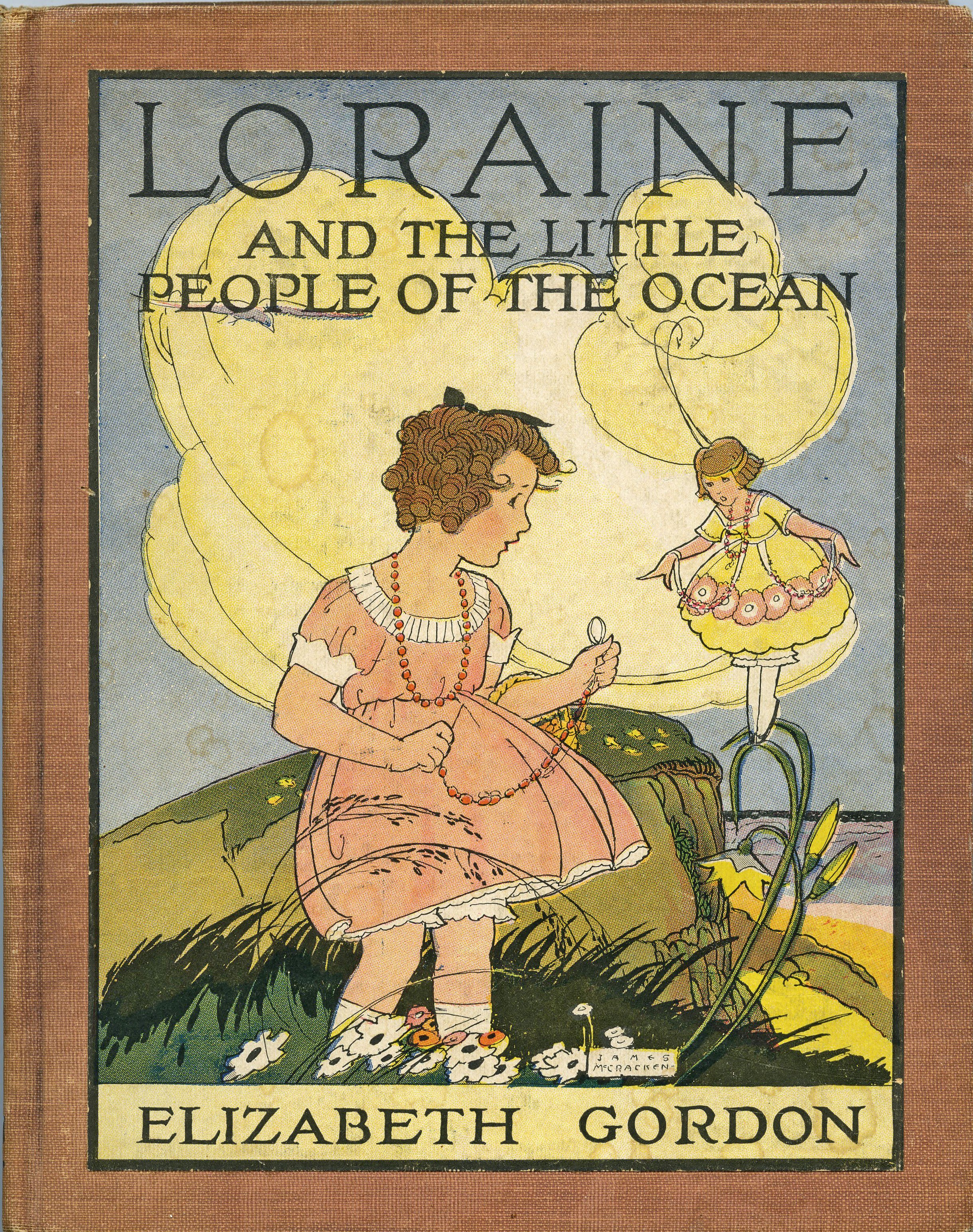
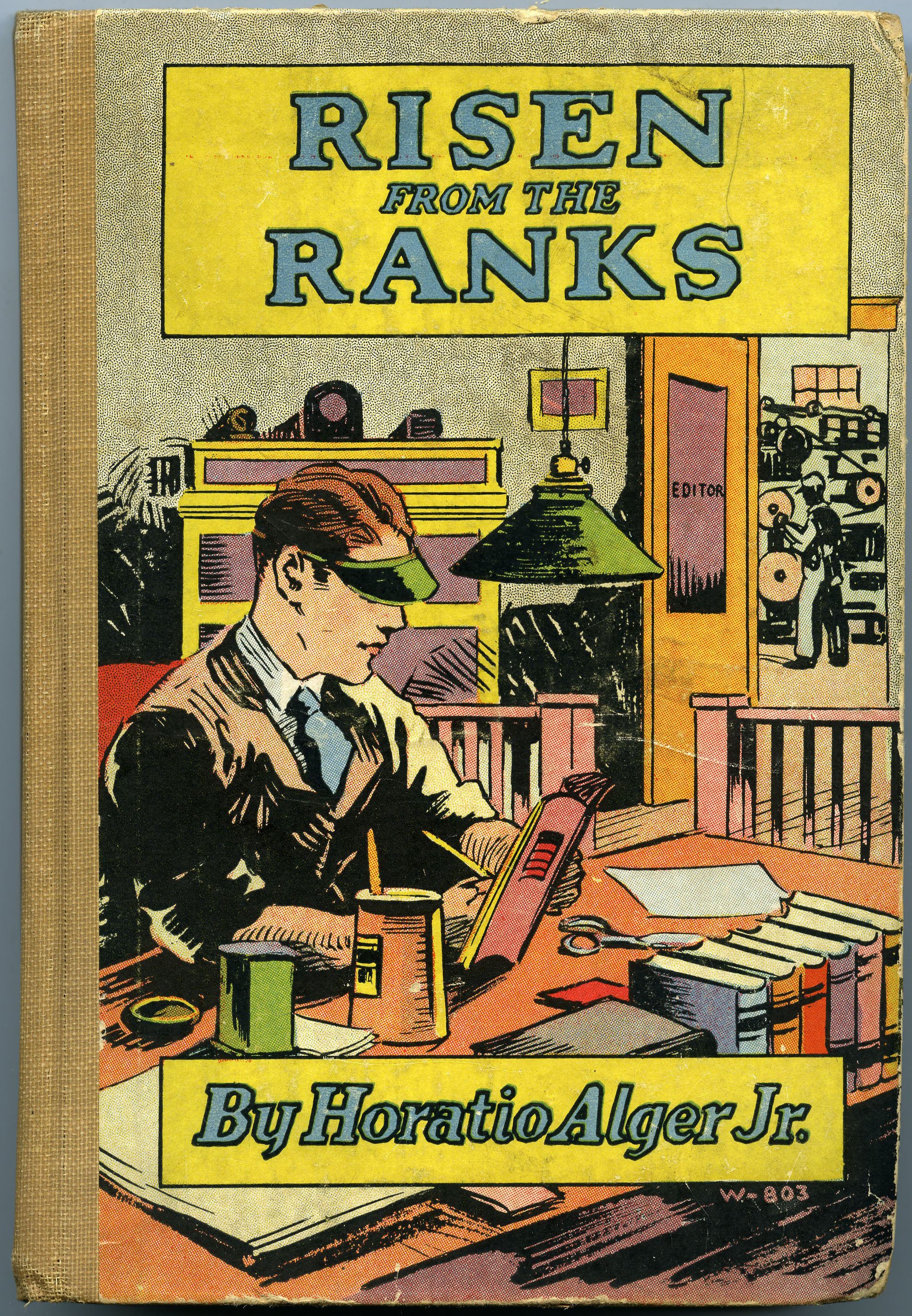
The Post War United States & Today
Illustrated books remain an essential part of most children’s lives, and they have become the dominant way in which children’s stories are told. Collectively, the various styles of children books reflect the aesthetics and social ideas of each decade of American life. Children’s books continue to evolve and build upon hundreds of years of development and creativity. A wide range of topics reflecting American culture as well innovative new ideas are incorporated into this fascinating and rich genre.

